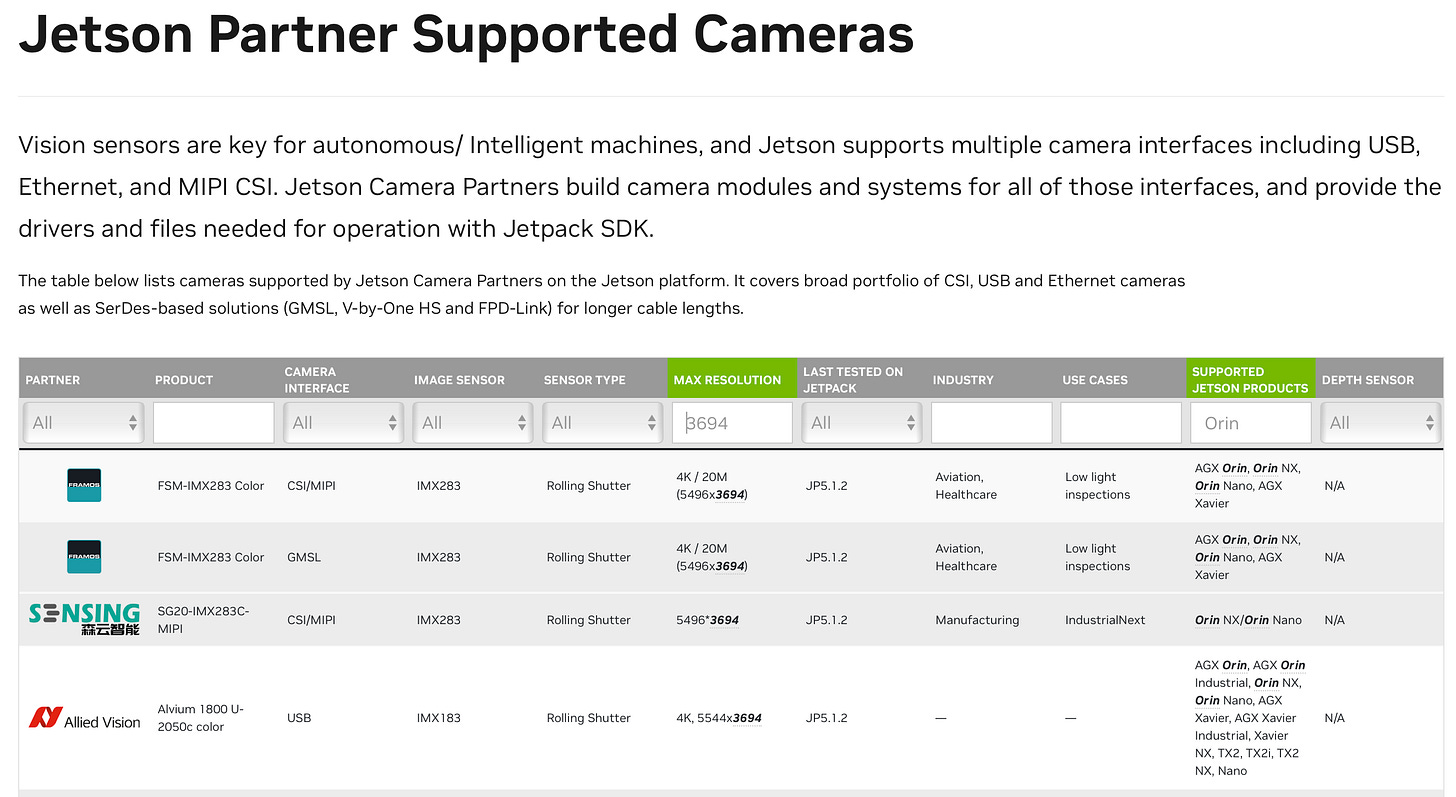The NextSeq 2000
I’m putting together a post on Illumina’s current instrument lineup for the other substack. As part of this I wanted to understand the NextSeq 2000 a little better.
It’s been tough finding much information in patents, but I think I have a somewhat reasonable idea of what’s in this box now. So, here are a few brief notes.
A few Illumina presentations show parts of the NextSeq 2000 optical bench at low resolution:

These look somewhat similar to those shown in patents for structured illumination super-resolution systems (which it appears Illumina use in their current instruments):

Based on these patents (see below). The camera seems to be something in the IMXn83 series, which likely cost a few hundred dollars. Probably about the same COGS as the MiSeq cameras.
The patents appear to suggest that lasers are used rather than LEDs (like the MiSeq). And Illumina posts on SIM suggest the use of lasers.
I suspect these lasers and the associated optics are the most expensive parts of the NextSeq 2000. The lasers used in the Genome Analyzer cost something like $10K, so a rough estimate of $20K doesn’t seem unreasonable.
The fluidic system on the NextSeq is also a departure from previous instruments. It looks more like the iSeq fluidic system. The flowcell interfaces directly with the reagent cartridge and from what I can tell there is no fluidic coupling between the cartridge and the instrument.
I’m a big fan for this, and it must make for a much more robust platform.
Overall I’d kind of expect that the COGS of the NextSeq 2000 is ~$20K to ~$30K higher than the MiSeq.
Sensor Notes
Patents describe a system using a 5472×3694 pixel sensor, and 10.63x magnification. Field of view covers 814 microns. This suggests a pixel size of between 2 and 3 microns. Googling all the resolution and pixel size the best matches I can find are the IMX183, IMX283 or IMX383 sensors. These are all relatively cheap sensors which retail <$1000 in single units.
Quotes below from this patent.
“The field of view 4100 can be defined relative to a sensor area 4102. In some implementations, the sensor area can include about 5472×3694 pixels. In some implementations, the field of view 4100 includes multiple tiles. For example, the field of view 4100 can include a 7×7 tile region. For example, one tile can include about 512×512 pixels (about 116×116 μm). In some implementations, the field of view 4100 can have a width of about 814 μm (about 3600 pixels). In some implementations, the field of view 4100 can have a height of about 814 μm (about 3600 pixels).”
Cameras with near specified resolution:
The amateur astronomy folks seem to like the IMX183/283/383 too, which is always a good sign (suggests good low light performance/QE/readout noise).




